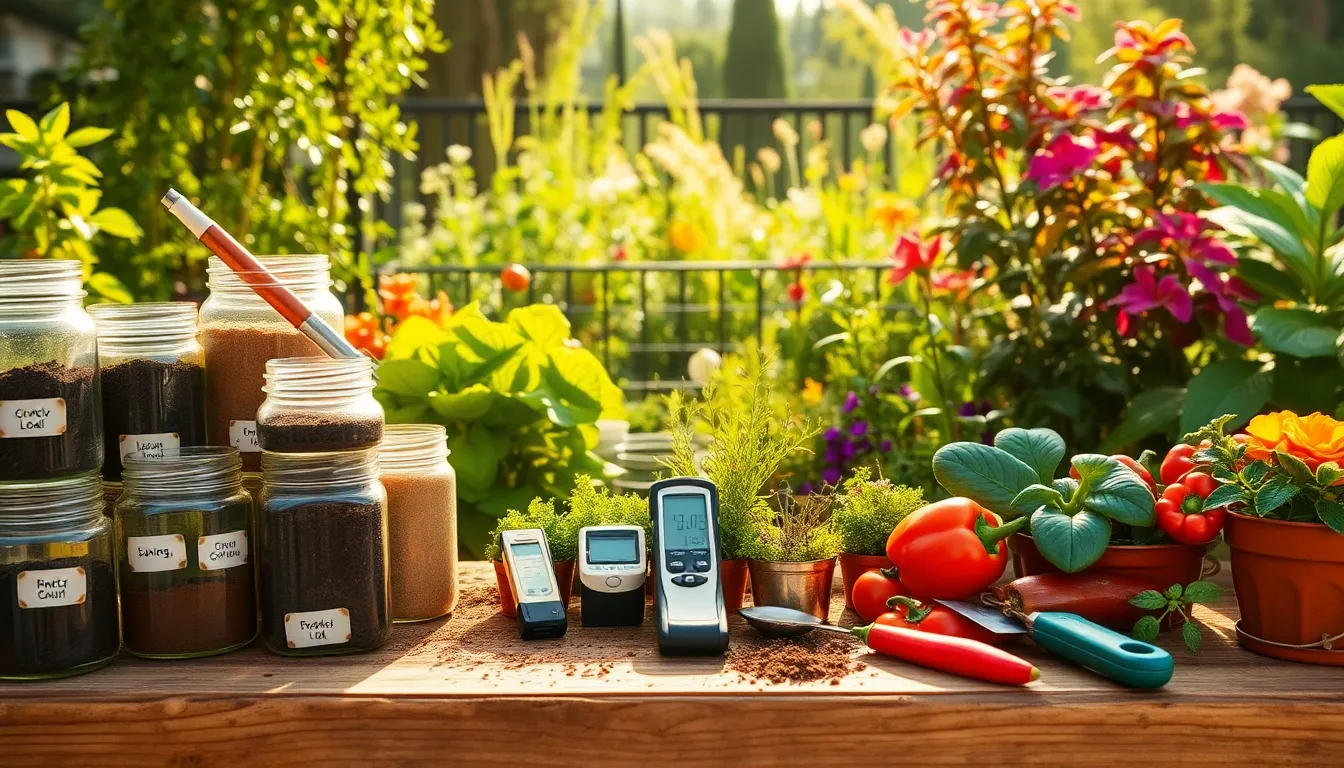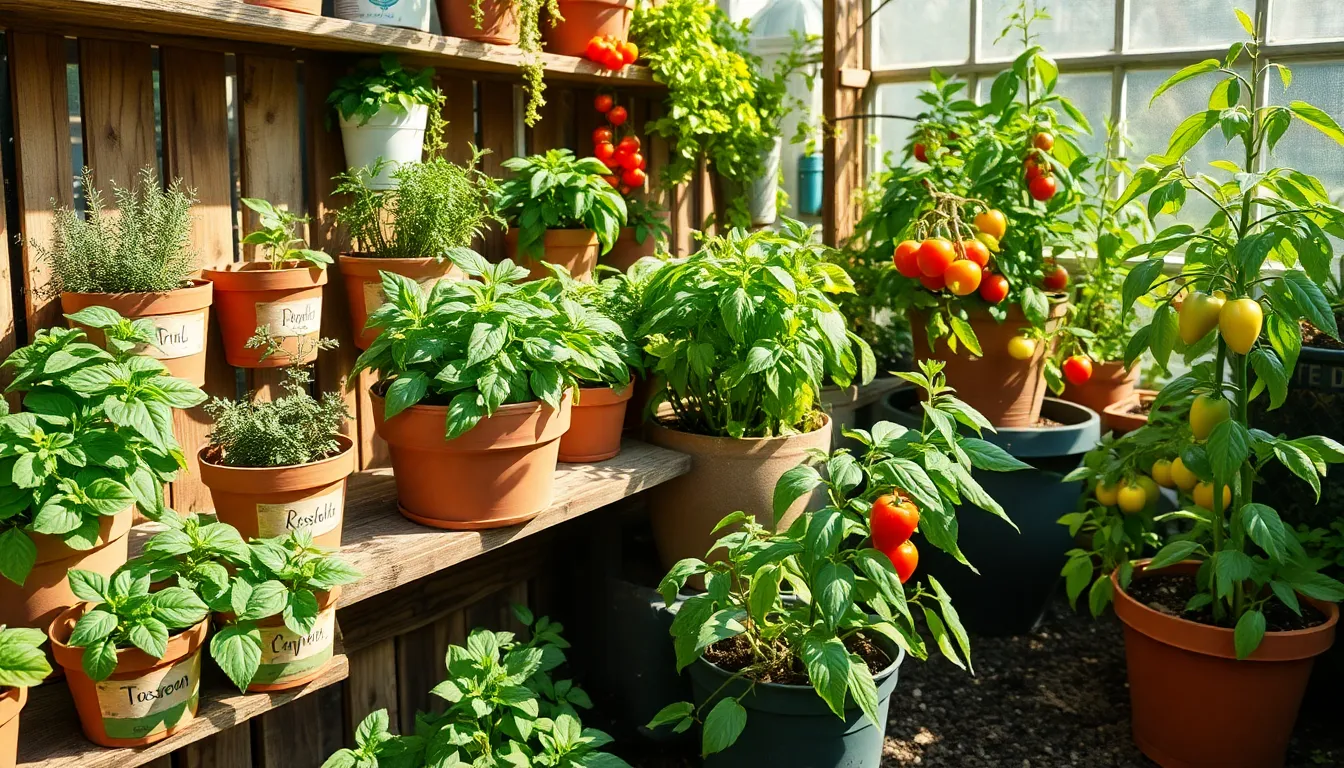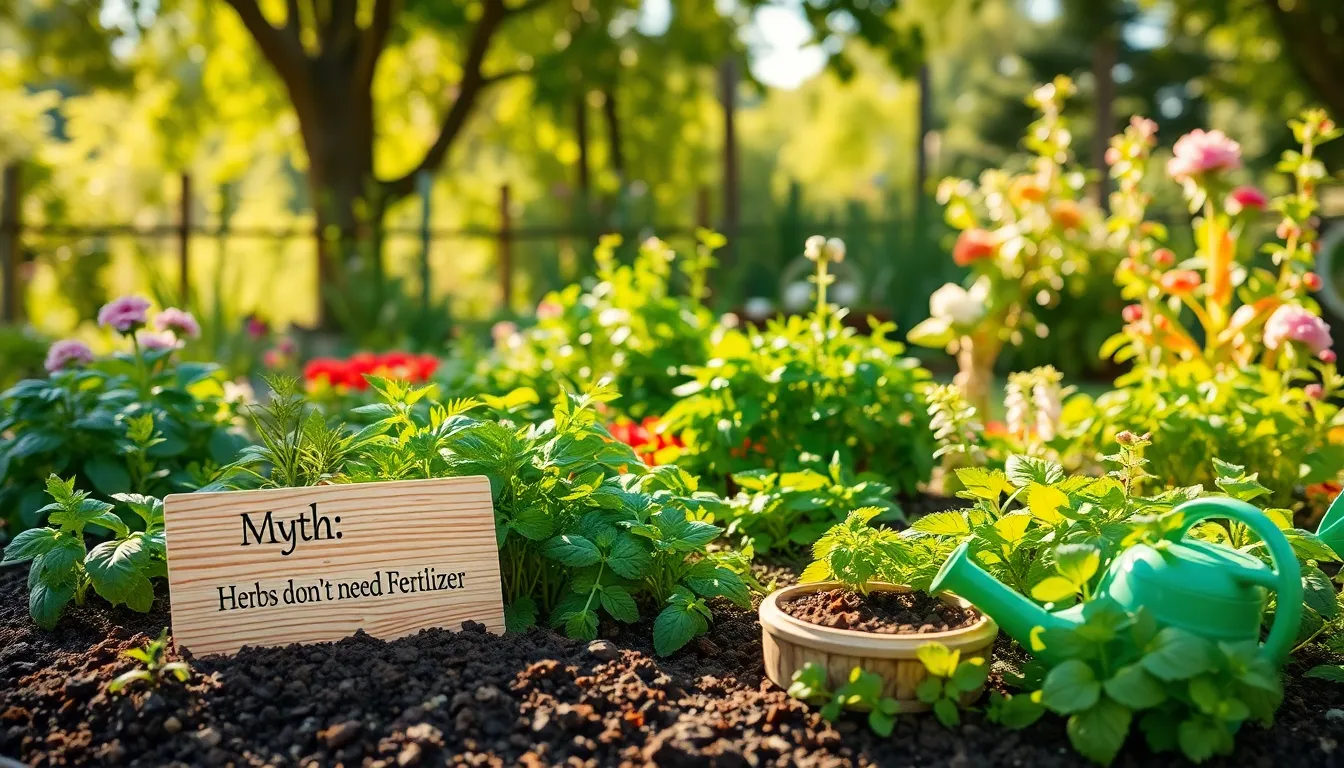Imagine stepping into your garden and being greeted by lush, thriving plants that seem to sing in harmony with nature. Whether you’re just starting your gardening journey or have spent years nurturing your green thumb, the secret to a flourishing garden may lie beneath your feet—quite literally—in the soil that supports your plants. Understanding the pivotal role of soil health is crucial, as it acts as the foundation for everything you grow. By using test garden soil at home, you can unlock the potential of your garden and ensure that every seedling has the best possible start.
For both beginners and seasoned gardeners alike, the idea of testing soil might conjure images of complex scientific methods, but fear not—it’s more accessible than you might think. In this article, you’ll discover why using test garden soil is a game-changer and how it can transform your gardening experience. From enhancing plant nutrition to improving soil structure, you’ll gain valuable insights into the benefits of regularly testing and adjusting your soil. With practical tips and expert advice, you’ll be equipped to make informed decisions that will lead to a more vibrant and successful garden.
The importance of soil testing cannot be overstated, as it allows you to tailor your gardening approach to the specific needs of your plants. By the end of this article, you’ll have a clear understanding of how to implement soil testing at home and interpret the results to maximize your garden’s health. Embrace this opportunity to deepen your connection with your garden and witness the remarkable impact it can have. Let’s embark on this rewarding journey together, nurturing our plants and, in turn, nurturing ourselves through the joys of gardening.
Understanding Test Garden Soil Benefits
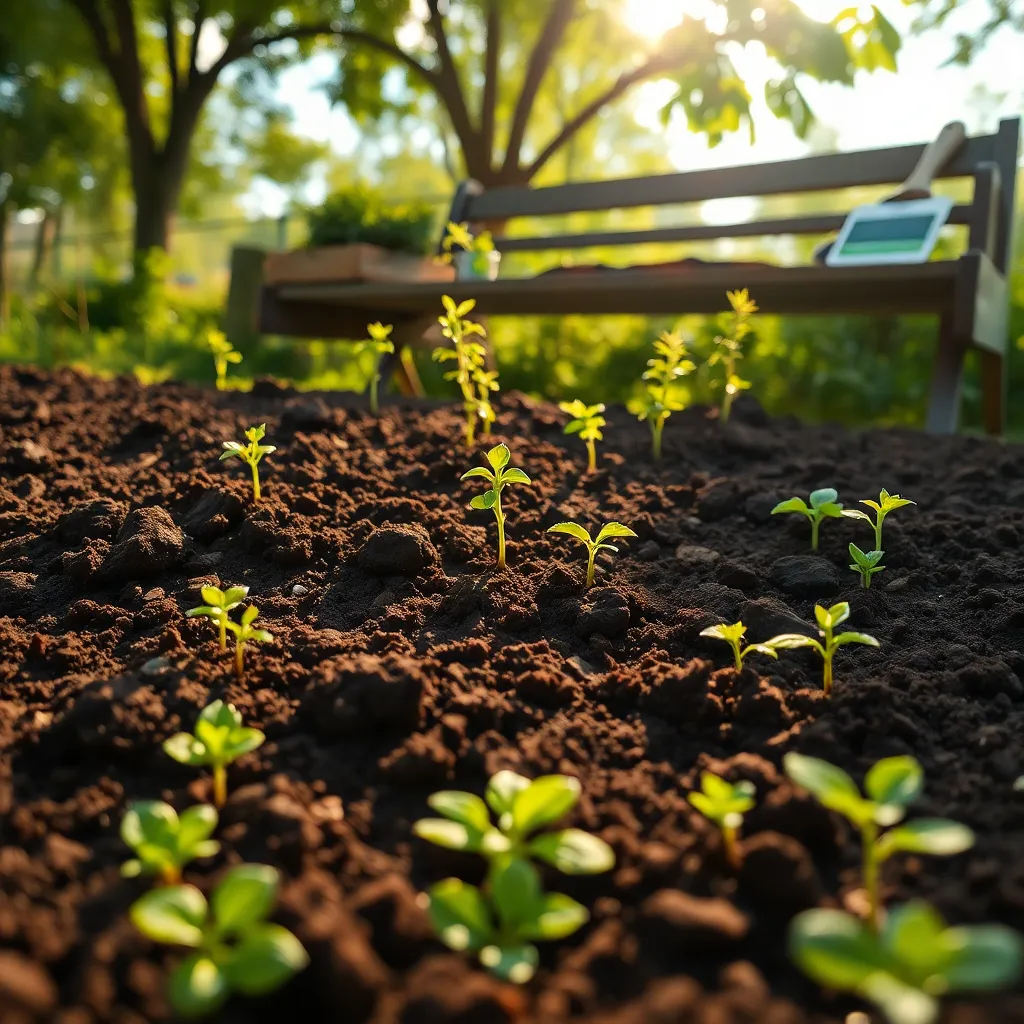
Understanding the benefits of test garden soil can transform your gardening experience. This specially formulated soil is designed to provide optimal conditions for a wide range of plants, making it a versatile choice for home gardeners.
One of the main advantages is its balanced composition, which often includes a mix of organic matter, sand, and clay. This combination improves soil structure, ensuring adequate drainage while retaining sufficient moisture for plant roots.
For those new to gardening, test garden soil takes the guesswork out of soil preparation. You can start planting immediately, knowing that the soil is enriched with essential nutrients required for healthy plant growth.
Experienced gardeners will appreciate the consistency and reliability of test garden soil. It allows for easy monitoring and adjustments, such as adding specific fertilizers that cater to the needs of particular plants like tomatoes, which thrive in slightly acidic conditions.
Incorporating test garden soil into your gardening routine can significantly enhance plant health and yield. By providing a stable environment, it minimizes common gardening issues like root rot and nutrient deficiencies, making your gardening efforts more fruitful.
Enhancing Plant Growth at Home
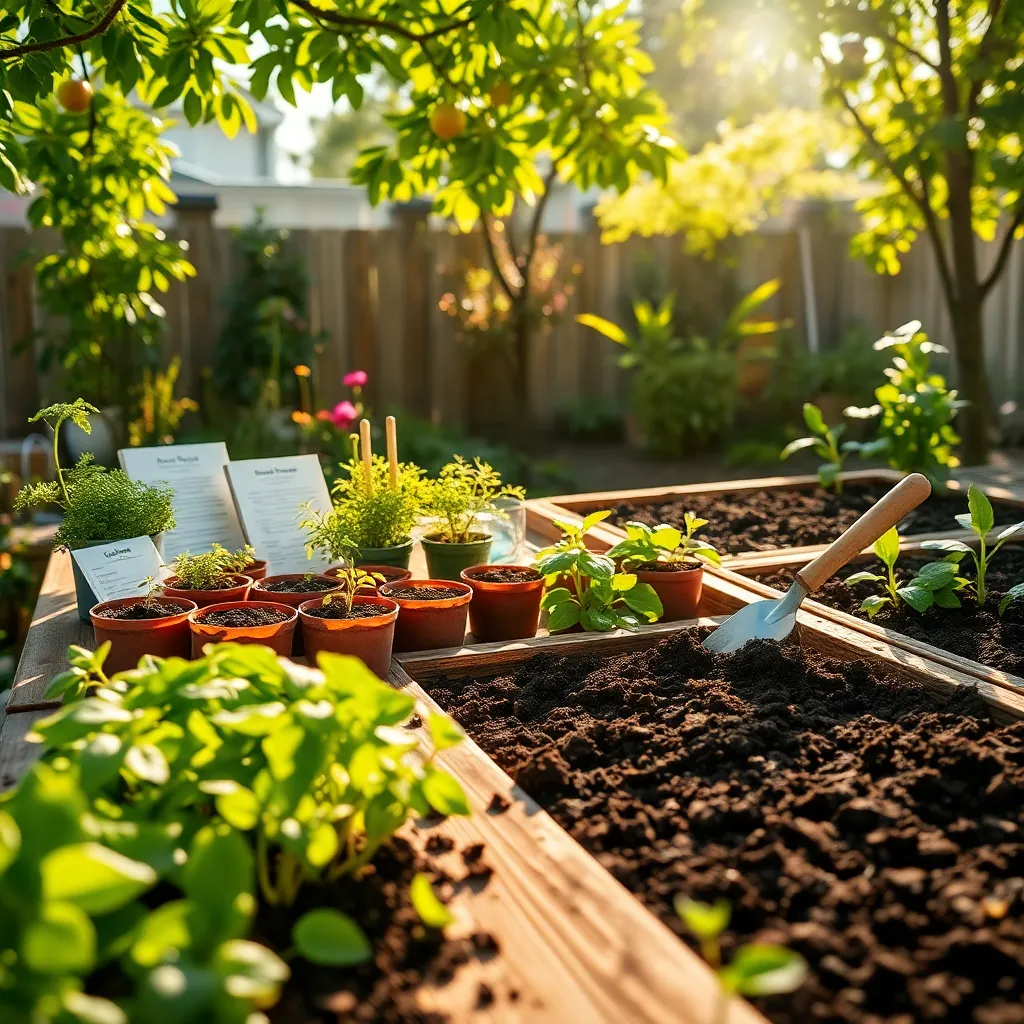
Enhancing plant growth at home involves understanding the unique needs of each type of plant you wish to cultivate. Start by choosing the right soil mix, as it is the foundation for healthy plant growth; test garden soil is often enriched with nutrients, ensuring plants receive what they need to thrive.
Consider the specific light requirements for your plants, as adequate sunlight is crucial for photosynthesis. Place your plants in areas where they can receive the optimal amount of light, whether direct or indirect, based on their needs.
Watering is another critical component of plant care. Aim to water deeply and less frequently to encourage root development, ensuring the soil is moist but not waterlogged.
For those seeking to enhance plant health further, incorporating organic matter into your soil can be beneficial. Adding compost or aged manure can improve soil structure and provide a slow-release source of nutrients.
Beginner gardeners should focus on mastering basic care routines, while experienced gardeners might experiment with advanced techniques like companion planting. Pairing certain plants together can enhance growth and deter pests naturally.
Regularly monitor the health of your plants by checking for signs of pest infestation or disease. Early detection allows for prompt action, maintaining a vibrant and flourishing garden environment.
Comparing Test Soil to Regular Soil
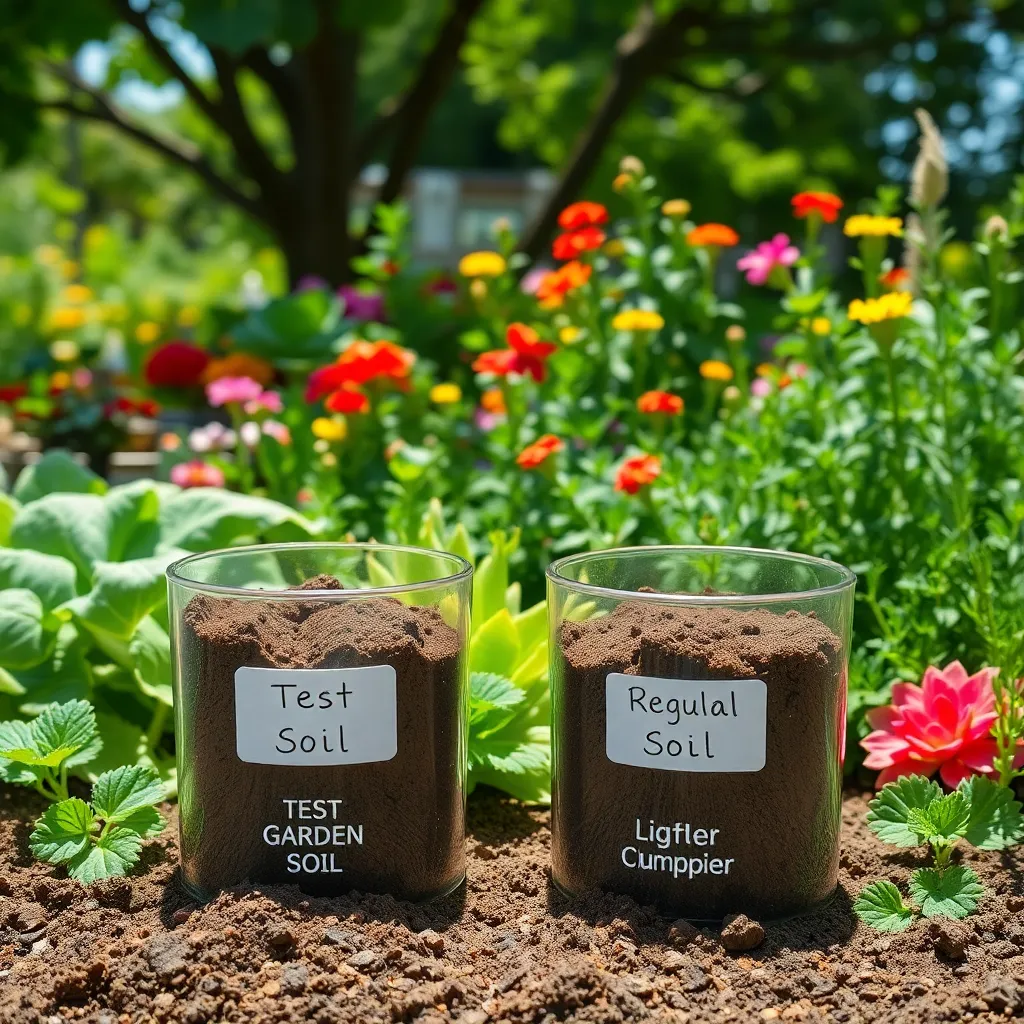
Test garden soil is specifically designed to maximize plant health and growth through optimized nutrient balance. In contrast, regular soil from your home garden may lack essential nutrients or have an imbalanced pH, which can impede plant development.
Using test soil can offer a controlled environment to experiment with different plant species and growing techniques. For instance, plants like tomatoes thrive in slightly acidic test soil with a pH of 6.0 to 6.5, which can be difficult to maintain in regular soil without amendments.
Incorporating test soil allows gardeners to observe how their plants respond to optimal conditions, providing valuable insights for future planting. Regular soil might require continuous monitoring and adjustments, such as adding compost or lime, to achieve similar results.
While test soil is a great tool for learning, it’s important to periodically check its nutrient levels with a basic soil test kit. Regular soil, on the other hand, may benefit from annual testing to identify deficiencies and ensure that it supports plant health year-round.
Steps for Using Test Soil Effectively

To effectively use test soil, start by gathering a small sample from different areas of your garden. This ensures you get a comprehensive view of your entire garden’s soil conditions.
Begin by testing the soil pH, as it plays a crucial role in nutrient availability for plants. Use a simple home pH test kit, which can provide immediate results and guide you in adjusting your soil’s acidity or alkalinity levels.
Next, assess nutrient levels by using a home soil test kit that measures nitrogen, phosphorus, and potassium. Knowing these levels helps you determine which fertilizers your garden may require for optimal plant growth.
Once you’ve gathered your results, interpret them to make informed decisions about soil amendments. For instance, if your soil is too acidic, consider adding lime to increase the pH, or if it’s too alkaline, sulfur can help lower it.
Incorporate organic matter like compost or aged manure to improve soil structure and fertility. This step is crucial for enhancing soil drainage, moisture retention, and microbial activity, all of which are essential for healthy plant development.
For advanced gardeners, consider conducting a soil texture analysis by performing a jar test. This helps you understand the proportions of sand, silt, and clay, allowing you to adjust your watering and planting strategies accordingly.
Monitoring Results and Adjusting Care

Regularly monitoring your garden is crucial for achieving the best results with test garden soil. By keeping an eye on your plants, you can make timely adjustments to your care routine and ensure optimal growth.
Start by observing the color and texture of your plant leaves, as these can indicate soil health and nutrient needs. If you notice any yellowing or wilting, it might be time to adjust your watering schedule or consider adding a balanced fertilizer.
Incorporating soil moisture meters can help you determine when to water, as overwatering is a common mistake. Aim to keep the soil consistently moist but not waterlogged, especially for plants like tomatoes and peppers, which thrive in well-drained yet moist environments.
Advanced gardeners might want to experiment with different soil amendments to improve plant health further. Adding organic matter like compost can enhance soil structure, providing better aeration and drainage, which is vital for root development.
Conclusion: Growing Success with These Plants
In exploring the metaphor of using “test garden soil” for nurturing relationships, we’ve delved into five key concepts: the importance of foundational care, the benefits of adaptability, the role of patience in growth, the need for consistent nourishment, and the value of celebrating small victories. These principles mirror the careful tending required to cultivate both flourishing gardens and thriving relationships.
Now, take a moment to assess the “soil” of your own relationships. Identify one area where you can offer more care or attention, whether through a heartfelt conversation, a small act of kindness, or simply by being present. This immediate step can invigorate your connections and set the stage for deeper growth.
We invite you to bookmark this article as a resource for ongoing reflection and action. Let it serve as a guide and reminder that nurturing relationships is a continuous journey. As you implement these insights, envision the blossoming of your connections into vibrant, enduring bonds. Remember, every small effort today plants the seeds for a thriving relationship tomorrow. Your relationships are worth the investment—cultivate them with intention and watch them flourish.

